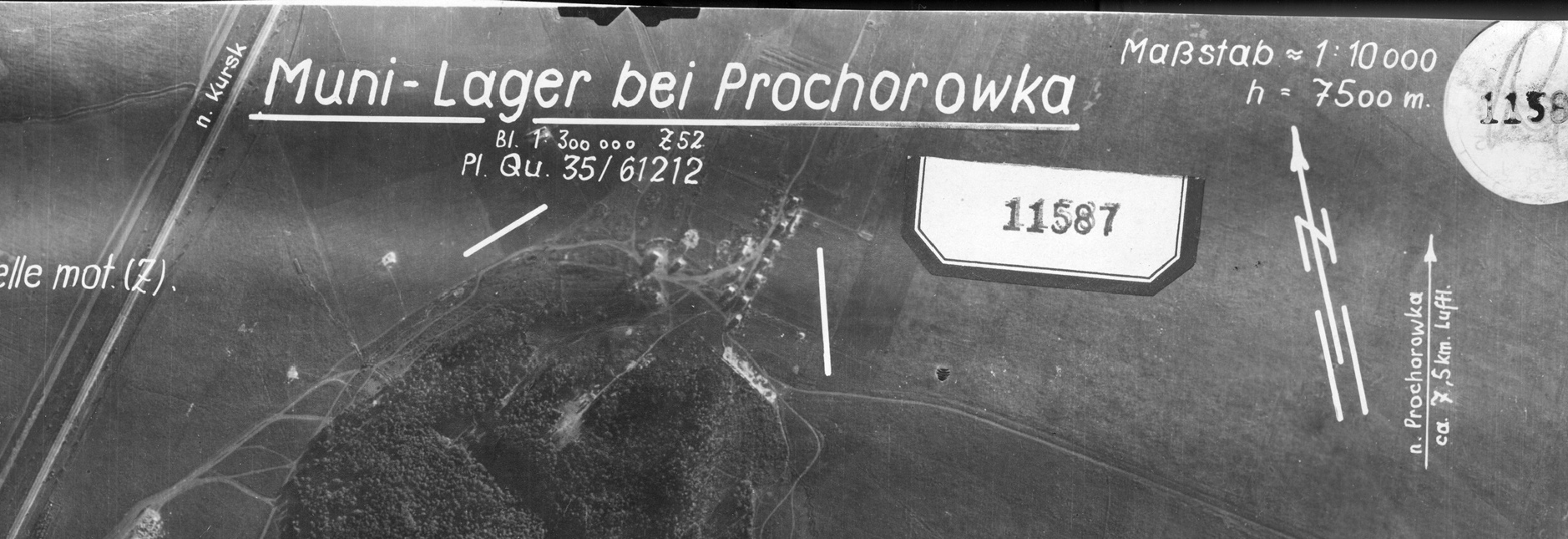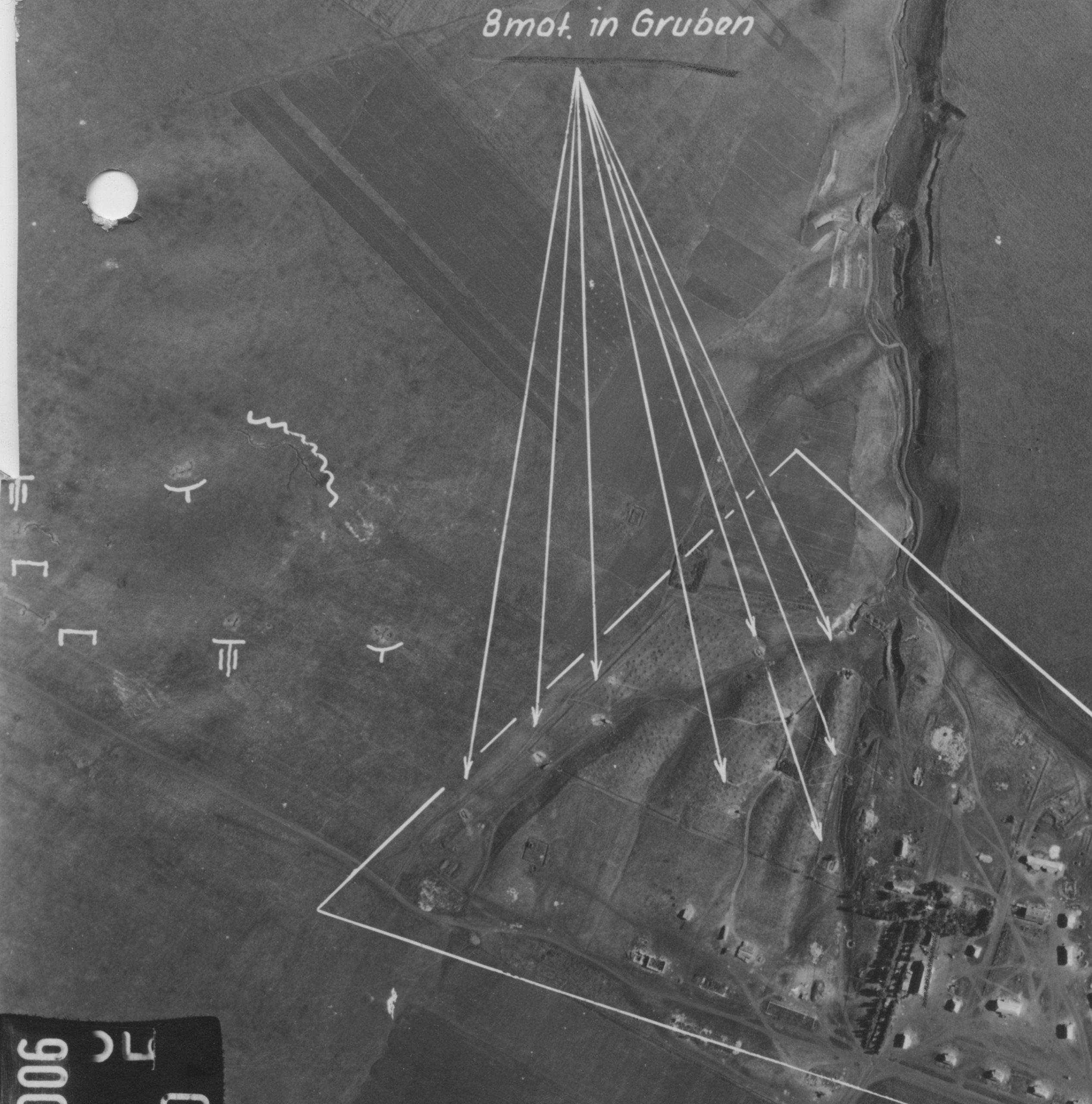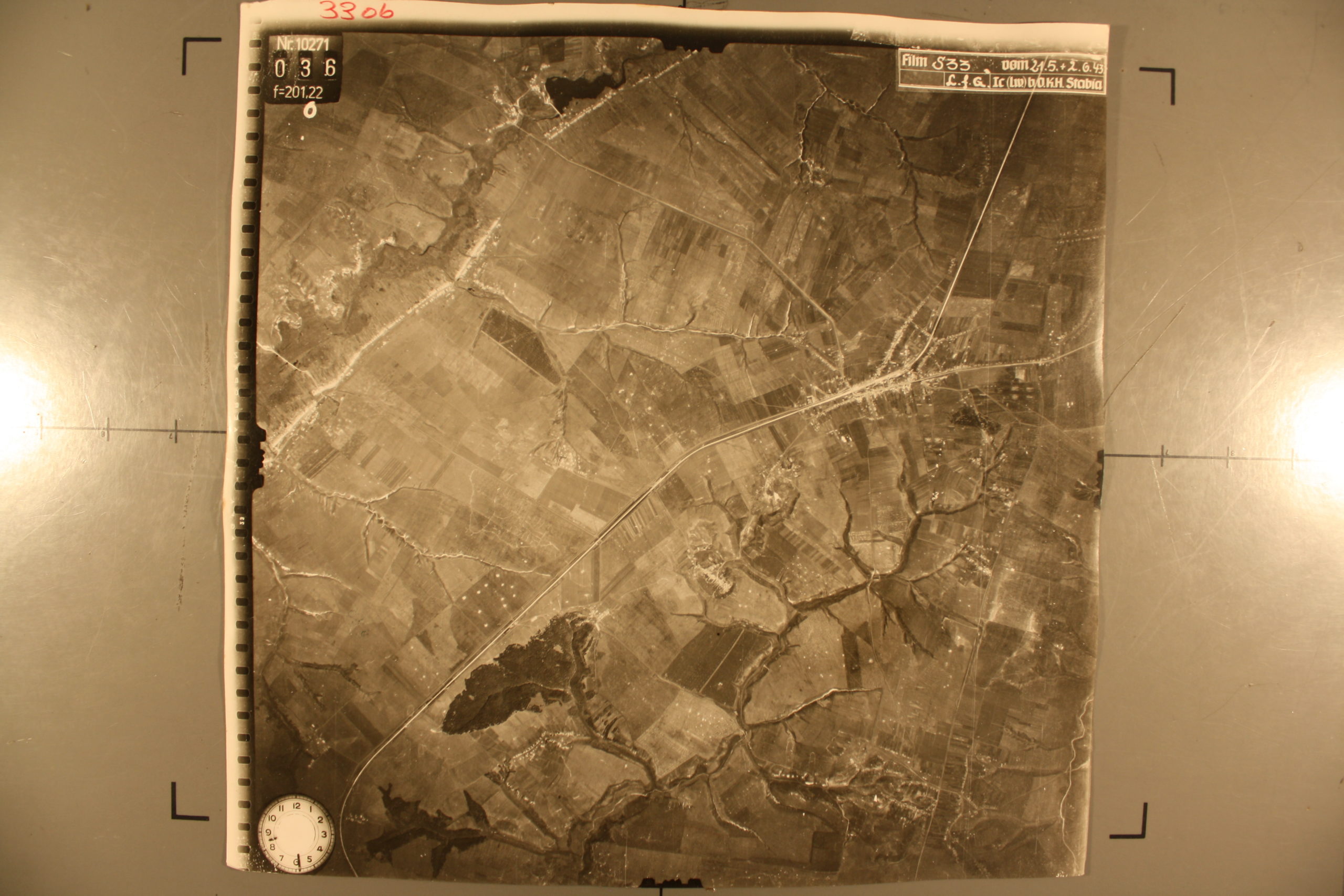As I have mentioned before, I am preparing a little write-up for the Italian wargame company Advancing Fire for their game Prokhorovka! (PROKHOROVKA! (advancingfire.com). They are designing a set of scenarios for use in the game Advanced Squad Leader (ASL). They have been providing me with some of their advance material, although I am not involved in the design of the game. This is the fourth game map they have provided me.
They are drawing their ASL maps from German aerial photographs of the battlefield. This game map covers the area around Andreyevka and Vasilyevka. I do use different transliteration conventions than them (and many other people). For example, they spell Andreevka with an ee in the middle. An American, seeing the ee will invariably pronounce it like geek as opposed to ge-yek with two syllables. The two e’s are separately pronounced in Russian. Some transliteration conventions use an apostrophe instead of a y. I don’t think most Americans know what to do with a word spelled ge’ek or Andre’evka. The apostrophe is part of the Library of Congress transliteration system (which I think sucks). Some people use that system but take out the apostrophes, which gets us back to geek or Andreevka. I think it should be Andreyevka, which is closer to the Russian pronunciation.
Andreyevka and Vasilyevka is where the XVIII Tank Corps attacks into and through, getting as far as 200 meters east of the Bogoroditskoye church. Bogoroditskoye is often not marked on maps, but it is south of the Psel just west of Vasliyevka. Bogoroditskoye was defended by German armor (tanks or assault guns or Marders) and the Soviets claim at one point that they repulsed German counterattacks by 50 tanks from the Bogoroditskoye area (see page 318 of my Prokhorovka book or page 931 of my Kursk book). We have never clearly identified who that German armor unit was. I believe the Bogoroditskoye church is the church marked on Map M37-26C just west of the ravine west of Vasileyevka and is between Kozlovka and Vasilyeka. The Totenkopf SS two bridges were just west of Bogodoritskoye.
At 1600 (Moscow time) the XVIII Tank Corps’ II Battalion, 32nd Motorized Rifle Brigade is claimed to be deployed from the Psel River to the center of Bogoroditskoye.
The eastern edge of the Andreyevka (assuming the gully marks the eastern edge) is some five kilometers almost due west of height 252.2. See 1:50000 scale Map M37-26C (there are copies of this map in both of my Kursk books). The village of Mikhailovka is just to the northeast of Andreyevka, along the Psel River (see story below). The XVIII Tank Corps moved through it during their attack.
Below is an aerial photograph of Andreyevka and Vasilyevka. The picture should be rotated 90 degree clockwise.:

The link to their game board is below. Just click on it and the game board should appear.
Andreevka
Now, I have looked their work, but I am hardly the right person to conduct photo analysis. Still, it looked pretty good to me. If anyone has any comments, criticisms, recommendations, corrections, edits, and so forth for this map, please let me know. I will forward the comments to them.
Thanks
Other references:
Advancing Fire
PROKHOROVKA! (advancingfire.com)
Did the LSSAH have 3 panzer panzer companies, 4 panzer companies or two panzer battalions in July 1943? | Mystics & Statistics (dupuyinstitute.org)
P.S. In an email dated 12 April 2021, sent after this initial post, the game map designer informed me that “In the scenario, every hex North of the road A12-CCC10, on level 1 (the lower level), is Mud, so the vehicles and manhandled Guns may bog, the infantry goes slower and HE rounds effect is a bit “cushioned” (look at D8.23 and E3.6 in ASL Rulebook).”
P. P.S. My Mikhailovka story: In 1996, while leading a tour of mostly former German and American officers of the battlefield, we arrived at Mikhailovka while they were doing their presidential elections (back when Yelstin was running for re-election). Our American officers, led by a retired general, decided that this was a unique opportunity to see this new Russian democracy in action. So they decided to go into the town hall and watch the election unfolding. Needless to say, the local election officials were a little overwhelmed with the sudden arrival of rather large contingent of foreigners at their site. They initially said that we would have to leave, and then after conferring for a bit, they decided we could come in and observe the election in pairs. So we did. A rather informal observation of the 1996 Russian elections as conducted in the village of Mikhailovka by former German and American officers.
This trip is also discussed in a chapter in the book Becton: Autobiography of a Solider and Public Servant.







